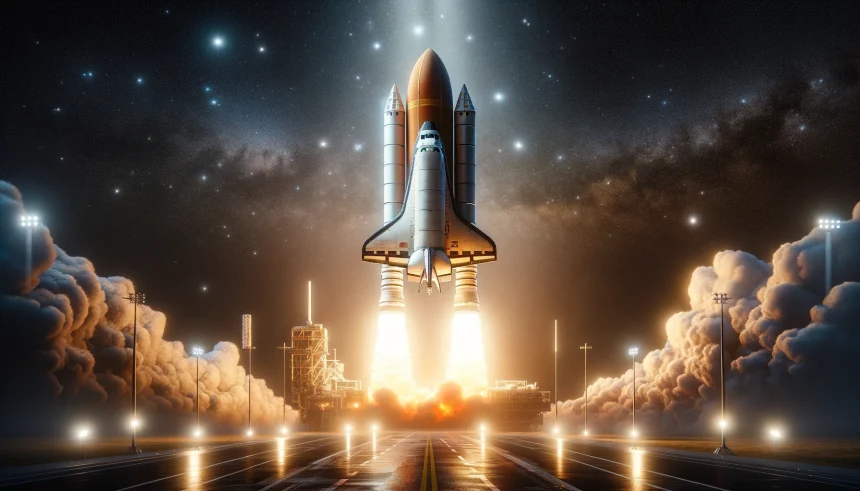Astronomers have long accepted that the Milky Way and Andromeda galaxies are destined to collide in a spectacular cosmic event. However, new research from the University of Helsinki challenges this long-held belief. The study considers the complex gravitational influences of other galaxies within our local group, suggesting only a 50% chance of the merger occurring within the next 10 billion years. This finding introduces significant uncertainty into a scenario that has been considered almost a certainty for decades.
Scientific discussions about the merger of the Milky Way and Andromeda have previously ignored the impact of other celestial bodies in the Local Group. The local group contains approximately 100 smaller galaxies, including the Triangulum galaxy (M33) and the Large Magellanic Cloud. This new research incorporates these additional gravitational forces, which complicate the dynamics between Andromeda and the Milky Way.
New Gravitational Influences
Researchers at the University of Helsinki accounted for the gravitational pull of nearby galaxies, such as M33 and the Large Magellanic Cloud. M33, with around 40 billion stars, and the Large Magellanic Cloud, housing about 20 billion stars, add layers of complexity to the previously understood dynamics. These galaxies exert enough gravitational force to alter the paths of both the Milky Way and Andromeda, introducing a higher degree of uncertainty into collision predictions.
Uncertainty in Cosmic Calculations
Uncertainty is a significant factor in astronomical research. Despite the use of advanced models, there remains a considerable margin of error due to unknown variables. The gravitational effects of other galaxies and the intricate dance between these massive entities contribute to this uncertainty. Scientists often rely on estimates rather than concrete numbers, and this study suggests that the chance of a collision falls right at the 50% mark.
Looking at previous research, predictions have predominantly focused on an inevitable collision between the Milky Way and Andromeda. Traditional models considered only the gravitational forces between these two galaxies, ignoring the Local Group’s influence. This new perspective, which incorporates more galaxies, presents a less deterministic outcome. Although the chance of a collision is now seen as 50%, scientists acknowledge that many uncertainties remain.
Astronomers have discovered that accounting for the gravitational forces of other local galaxies alters our understanding of the Milky Way-Andromeda merger. This study suggests that a complex gravitational dance could prevent the galaxies from colliding. While the possibility of a merger is still significant at 50%, uncertainties and additional factors keep the final outcome unpredictable. This insight could have profound implications for future astronomical research and theories on galactic behavior. Ultimately, further research and time will reveal whether the Milky Way and Andromeda are truly on a collision course.










